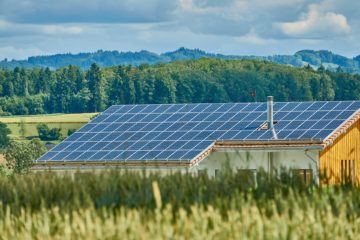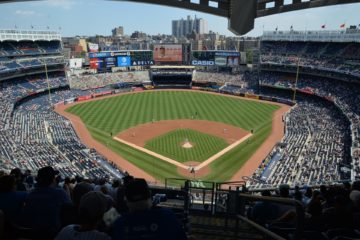Green roofs are slowing taking over, with benefits ranging from better stormwater management to energy efficiency. And although the market and technology has fluctuated over the last decade, solar energy has become increasingly cheaper and more efficient, making it a perfect addition to any development project. Many developers opt for either a green roof or a solar panel array, or if they have both, often separate them in the design of the roof. But there are a lot of surprising benefits to having solar panels atop the vegetative platform on a green roof: enter the Biosolar roof.
A Biosolar roof is a green roof that combines the power of solar by building the array directly on top of a vegetative medium. You might be thinking this particular structure is too crowded, difficult to maintain, or too expensive. But in actuality, you are getting the best bang for your buck with this system, and the environmental benefits are great too.
Structurally speaking, a green roof makes a perfect ballast for the a-frames required to support a solar panel array. This allows installers to use the growing medium as a support for the panels without attaching the a-frames to the waterproofing membrane or the actual roof structure itself (further protecting the additional waterproofing benefits that a green roof provides)(1).
Vegetation also increases the efficiency of the the solar panels. Despite the amount of sunshine that may come with them, hot days do not help solar panels work better. Temperature plays a huge role in the energy production of a PV panel on a given day. And since vegetation cools the ambient temperature of a roof through evapotranspiration, placing the panels atop a green roof structure can make the payoff of your solar panel array much higher. Plants can also, in many cases, reduce the amount of airborne pollutants and dust, allowing the panels to absorb more sunlight (1).
Biosolar roofs also create a more diverse habitat through it’s unique stormwater runoff abilities. Due to the slanted nature of the PV arrays, a biosolar roof typically has three micro-habitats: one that is very moist due to the runoff of the panel, one that is dry and cool beneath the shade of a panel, and one that is ideal for growing sedum, a popular plant choice for green roofs. This level of micro-biodiversity is not often found in urban environments, so a Biosolar roof can help cultivate additional wildlife and nutrients for plants (2).
Although careful consideration for plant species, spacing of panels, and other factors should be considered in the design, a Biosolar roof can maximize the benefits of both solar energy production and vegetation at roof level.
Sources:


